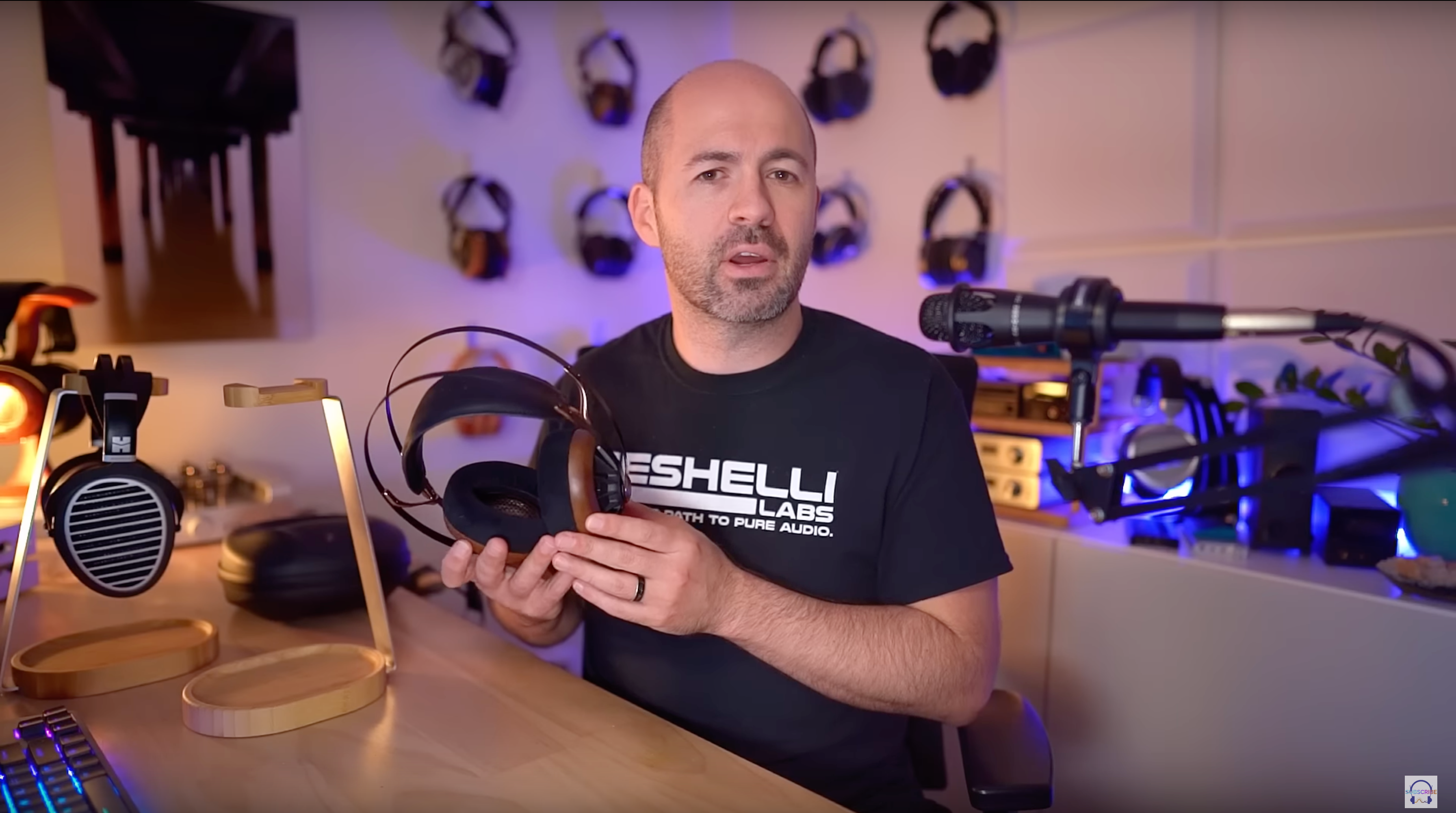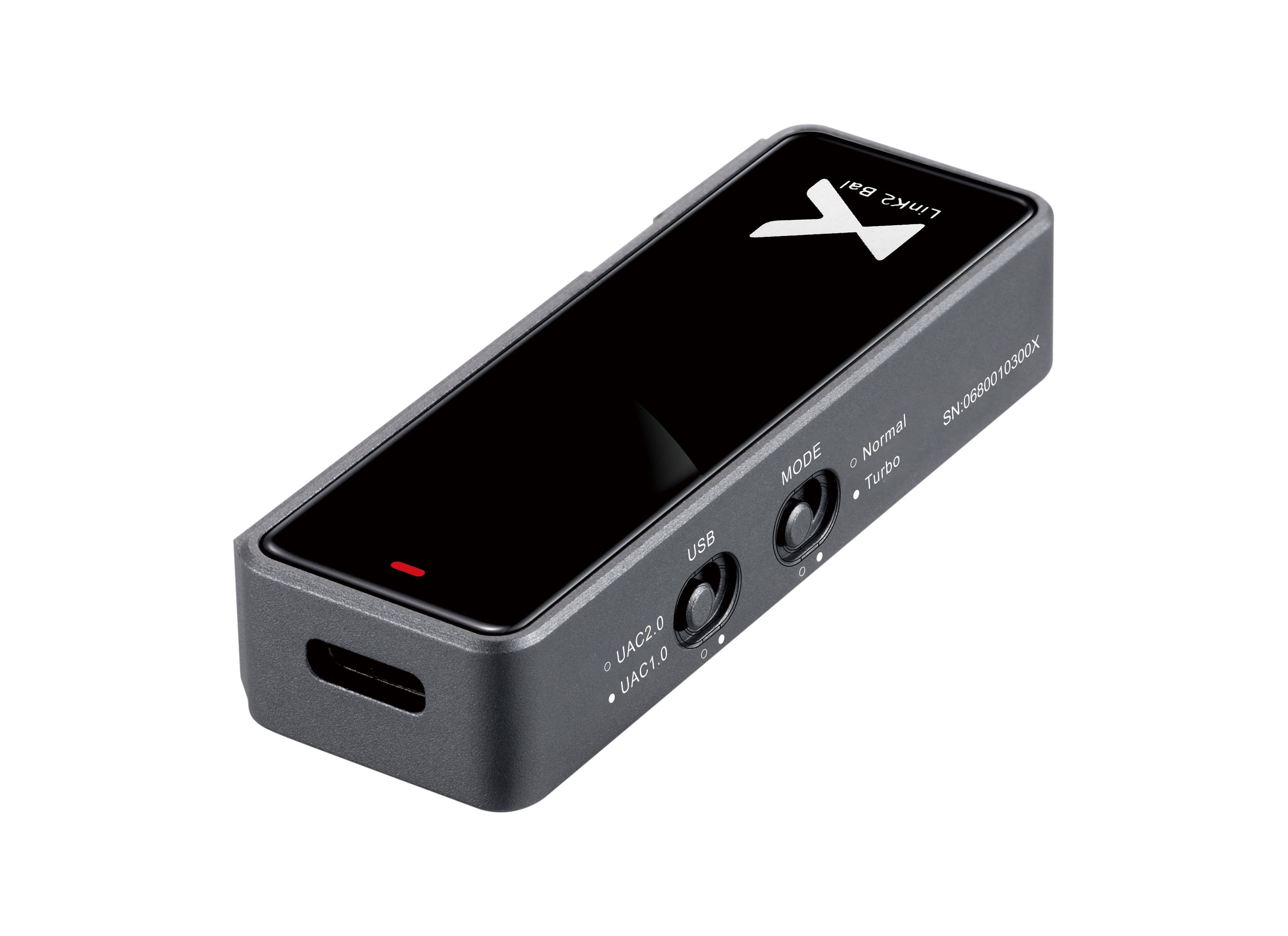
"Best Headphone <$1500" - Meze 109 Pro Review
Note: This article is based upon the video "Meze Audio 109 Pro Headphone Review - The perfect sub-$1000 headphone” made by Passion For Sound on their YouTube channel and is printed here in partnership with Passion For Sound. The review was originally posted on January 28th, 2023. Edits have been made for clarity and length. You can buy the Meze 109 Pro on Apos Audio.
Intro
Welcome to another Passion for Sound audio review! Today, we're looking at the Meza 109 Pros, which are a relatively new headphone from Meze Audio. They're the most recent model, and they retail for $799 USD. I won't go into too much detail about the headphones here, as I've decided to make some changes to my reviews to speed things up a bit. From now on, all the specifications you need to know will be in the glamor video, which I'll be showing shortly. This means I can jump right into talking about what matters about the headphones, such as their build quality, accessories, comfort, and so on. For those of you who normally skip the glamor videos, I'd recommend you don't do that anymore, as I'm going to make them a meaningful use of your time by including all the specification info you might need to know. So, without further ado, let's take a look at the beautiful Meza 109 Pro.
Comfort
In the glamor video that you just watched, I provided some information about the Meza 109 Pros. I scored them based on several factors, including comfort and build quality. The headphones are incredibly comfortable, earning them an A score. The only reason they didn't receive an A+ is because the spring steel headband (or possibly the elastic in the suspension strap) makes a slight creaking sound when moved, which can be distracting.
Accessories
In terms of accessories, the Meza 109 Pros come with a beautiful hard case but a basic cable, so they received a B+ score.
Design and build quality
Moving on to the design and build quality, the Meza 109 Pros are beautiful headphones with a classic and classy design. They received an A- and an A score for build quality and aesthetics, respectively. The only thing holding them back from receiving a higher score is the spring steel piece on the headband, which doesn't quite match the premium quality of the rest of the headphone.
Overall, the Meza 109 Pros are an excellent pair of headphones that are comfortable, stylish, and well-built. Despite some minor issues, they are definitely worth considering if you're in the market for a new pair of headphones.
Sound quality
The 109 Pro headphones have impressive bass extension and treble emphasis, which might seem like a negative thing, but it's actually quite enjoyable. The treble extension adds energy to the highest frequencies, bringing in more air and high-frequency detail without significantly affecting the tonality.
The bass extension is fantastic, going all the way down to the bottom without being overblown.
These headphones work well with every genre, providing clarity and articulation thanks to their overall tuning and driver performance. They offer a wonderful detail-oriented sound without ever becoming harsh.
What I would describe the tuning as is a generally neutral but not at all clinical sounding headphone because of that bass extension. There's always a sense of warmth and presence, but there's no enhancement in the bass.
As I said before, getting away from tonality for a moment, the staging is what I would call modest. It's not a huge stage, it's not particularly wide left to right, but it does have a very good sense of layering and depth for a headphone at this price point. I'd also say that within the soundstage space available, the separation of sounds is generally very good as well.
Driver technology
Backtracking for a moment, one thing that I think is really helping the tonality, tuning, and general performance of the 109 Pros is the driver technology. The measurement that I have done indicates that they have combined a combination of biocellulose in the center of the driver with a beryllium coating on the outside. The theory is that you're going to get some of the speed of the beryllium, but the slightly more natural tonality and decay that something like a biocellulose cone is going to give you.
For those not familiar with these terms, biocellulose is basically where they're growing the material in a lab. It's a paper-like material, but the point is it has a different makeup compared to say a metallized plastic driver. You definitely hear that in the tonality of headphones on the 109 Pro. It's also what was used on the ZMF Atrium that I absolutely love, and so they've managed to meld both the biocellulose and the beryllium into a fantastic-sounding driver.
Meze 109 Pro vs HIFIMAN Ananda Stealth
I want to compare the Ananda Stealth Edition to give context. The reason why I chose the Ananda Stealth is that it is one of the best headphones on the market for $699. I tested the two headphones and found that the Ananda is a bit more difficult to drive, but it shouldn't present any issues to a general dongle device or desktop device.
When I listened, I noticed that the Ananda Stealth is a more energetic and dynamic sounding headphone than the 109 Pros. However, they can sometimes get too bright on cymbals and can be sibilant on certain vocal sounds, depending on the recording. But, they do sound fantastic with acoustic guitars. The Ananda's sizzle can bring energy to the leading edges of notes from instruments like a guitar string. On the flip side, the sibilance can sometimes be too much, making them a harder listen.
When I tried the 109 Pros, I noticed that they don't pull apart the sound in the same way the Ananda does, but they layer a little better than the Ananda. They do show if the recording is hot, distorted, or harsh, but they don't punish you for it. The 109 Pros have better bass extension than the Ananda and don't have a slight roll-off at the very bottom of the bass frequencies, making them better at keeping a slightly better sense of body throughout the mix. They don't enhance anything, which I like. Sometimes, the Ananda can sound thin at certain frequencies in comparison because the bass isn't always sufficient.
Conclusion
After spending a significant amount of time with the 109 Pros, they have become one of my favorites due to their tonal balance. While it may not separate sounds as well as some other headphones, such as the Ananda, it excels in all other areas. Its depth and layering, tonal balance, clarity, and treble all provide an excellent listening experience. Additionally, it manages to maintain its tonality while providing a layer of energy to the music.
Compared to the Ananda, the 109 Pros may enhance the treble of a guitar strum slightly, but it is not noticeable unless compared directly. The 109 Pros provide a more coherent overall soundstage, making them easier and more natural to listen to. This headphone balances sound in a better way, providing a sense of layering and separation while still sounding natural.
Overall, I am incredibly impressed with the 109 Pros, and I am considering buying a pair for myself. They are a versatile headphone that can be used for editing, video calls, gaming, and general music listening.
In my opinion, the 109 Pros are the best headphones under $1500, but there are arguments for more expensive headphones such as the Arias, Focal Clear MGS, and Cindy Peacocks. However, the 109 Pros are just as enjoyable, if not more so, than some of these headphones, and they are only $799. They are comfortable and look great, making them an easy recommendation for an all-around headphone. I would recommend the 109 Pros over the Ananda, except for cases where extra sound separation or a planar magnetic sound is desired.
Overall, the 109 Pros are an absolute bargain at $800, and I think they are brilliant. If you are in the market for a versatile and excellent headphone, I highly recommend the 109 Pros.


